Resources
 Part of the Oxford Instruments Group
Part of the Oxford Instruments Group
Expand
Collapse
 Part of the Oxford Instruments Group
Part of the Oxford Instruments Group
“We were able to capture conventional images with high contrast and fine detail in only a fraction of the exposure time needed with conventional cameras. Even shorter exposures would be possible and necessary for lucky imaging but there is no doubt that this can be done with an Andor Marana sCMOS.”
Astronomers install their Observatories on remote places where the faintest objects in our universe can be explored against a very dark sky. The remaining problem there is the Earth’s atmosphere which limits the resolution. Air turbulence adds up over time, the longer the exposure time, the more blurred the image becomes. Only the biggest telescopes use elaborate Adaptive Optics to correct the wavefront by reshaping the main or secondary mirrors at high speed.
Another approach to mitigate the issue is “Lucky Imaging". This process involves taking many photos of an object with the shortest possible exposure time. The sharpest images are the only ones that are utilized, which typically count for only a few percent of all the images that were taken. They are then stacked so that only the real detail remains in the final image which has the theoretical resolution of the telescope. "Deep Sky Objects" like Galaxies and Nebulae, have only been captured with large telescopes using this methodology until recently. For smaller telescopes, lucky imaging usually only works for very bright objects like the Moon and Planets.
Thanks to innovative sensor and camera electronics the combination of the Marana 4.2B-6 sCMOS sensor from Andor with a smaller aperture professional optic such as the PlaneWave CDK12.5, should give the end-user the ability to perform the short exposures necessary for Deep Sky Lucky Imaging. We went to see what is possible by evaluating the capabilities of this new camera technology on one of the best places for astronomical observations, La Palma, Canary Islands. At 900m above sea level at the ATHOS Star Campus, the sky has similar darkness as seen on top of the 2400m high Volcano of La Palma, were some of the biggest telescopes of the world are situated.
The Setup
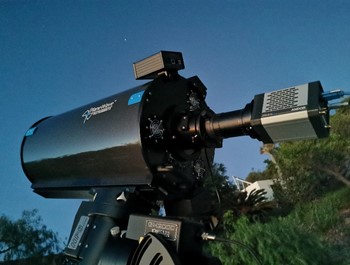
Figure 1. The equipment utilized for the experiment were the 10micron GM 2000 HPS mount, Planewave CDK 12,5 f/8 High End telescope with fused silica mirror, and the Andor Marana 4.2B-6 sCMOS.
The Results
There were two nights where the weather conditions allowed us to test the setup. Our first target was M57, the ring nebulae in Lyra, because it is an object that every Astrophotographer knows how to capture with a typical/required exposure time of ~10 minutes, depending on system setup. The camera has two modes: for M57 we used the 12bit low noise mode with 180Mhz where the camera is very sensitive and should provide a good contrast with short exposure times. Surprisingly our first try with 3 minutes of exposure time lead to an oversaturated image as seen in Figure 2. An image with only 1 second of exposure time showed the M57 for further processing with conventional stacking methodologies as seen in Figure 3.
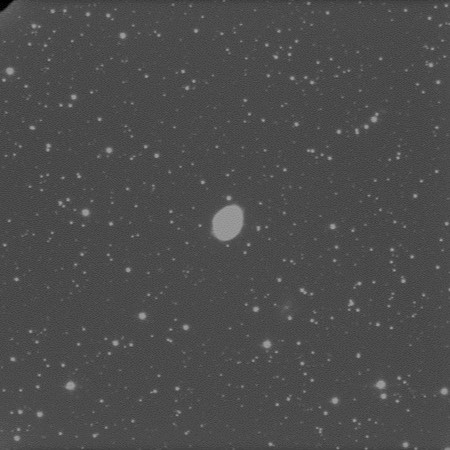
Figure 2. M57 captured with a 3 min exposure time.
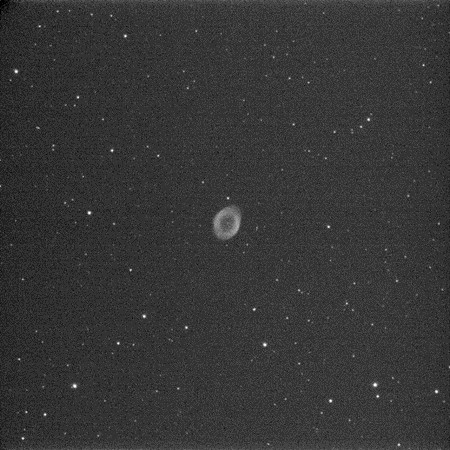
Figure 3. M57 captured with 1 sec of exposure time.
Another test object was a fainter nebula, called the "Elephants trunk" IC 396 as seen in Figure 4. It is a dark dust cloud embedded in a nebula that emits light only in the H-alpha line of the spectrum. Therefore, it normally needs H-alpha filters and half an hour of exposure time to make it clearly visible. Our setup captured this object with nice contrast without filters with just 3 minutes of exposure time. For this, it was necessary to use the HDR mode at 310MHZ which delivers a high dynamic image at 16 bit.
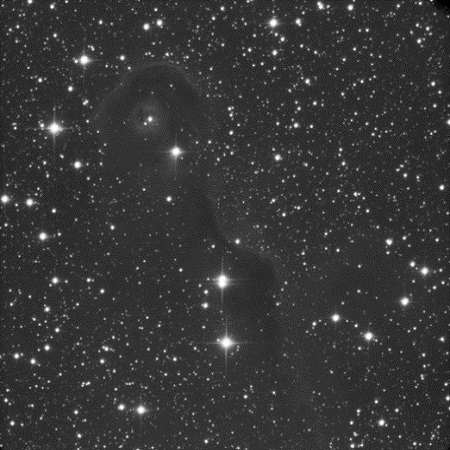
Figure 4. IC 396, the “Elephants‘ trunk“ captured without filters at 3 minutes of exposure time. For this, it was necessary to use the HDR mode at 310MHZ which delivers a high dynamic image at 16 bit.
Additionally, we had a clear view of Comet Neowise as seen in Figure 5, which is one of the most beautiful comets within the last decade in the sky at the time of our visit on La Palma. Many images have been published of Neowise utilizing short exposure times with consumer cameras and wide-angle lenses, but we thought it might make sense to take a high-resolution photo of its core. It was challenging due to the relative view of the comet moving really fast against the stars. The mount was capable of tracking it automatically so the stars became trails during the exposure. Not every photo was useful for a stack, hence, the star trails show some dark gaps.
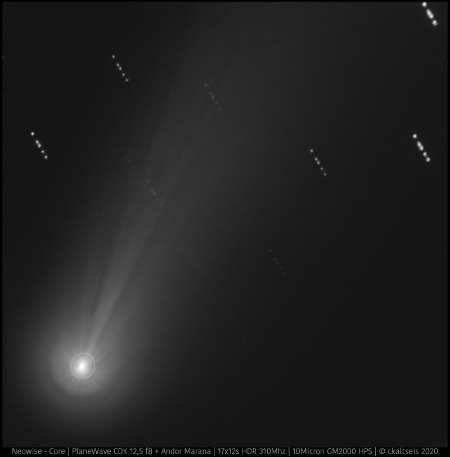
Figure 5. Comet Neowise shown by implementing 12 second exposure times and a stack of 17 photos were utilized to increase contrast, showing the gas streams from the comets‘ core expanding towards its tail.
Conclusion
We demonstrated the capability of the camera to perform as needed for lucky imaging, even on such small telescopes with comparably long focal length. We were able to capture conventional images with high contrast and fine detail in only a fraction of the exposure time needed with conventional cameras. Even shorter exposures would be possible and necessary for lucky imaging but there is no doubt that this can be done with an Andor Marana 4.2B-6 sCMOS.
Authors
Michael Risch, Project Manager, Baader Planetarium GmbH.
Ruben D. Nunez, European Managing Director, PlaneWave Instruments Inc.
Astrophotographer
Chistoph Kaltseis, CEDIC.
Date: Sep-20
Author: Michael Risch, Ruben D. Nunez & Christoph Kaltseis
Category: Case Study
